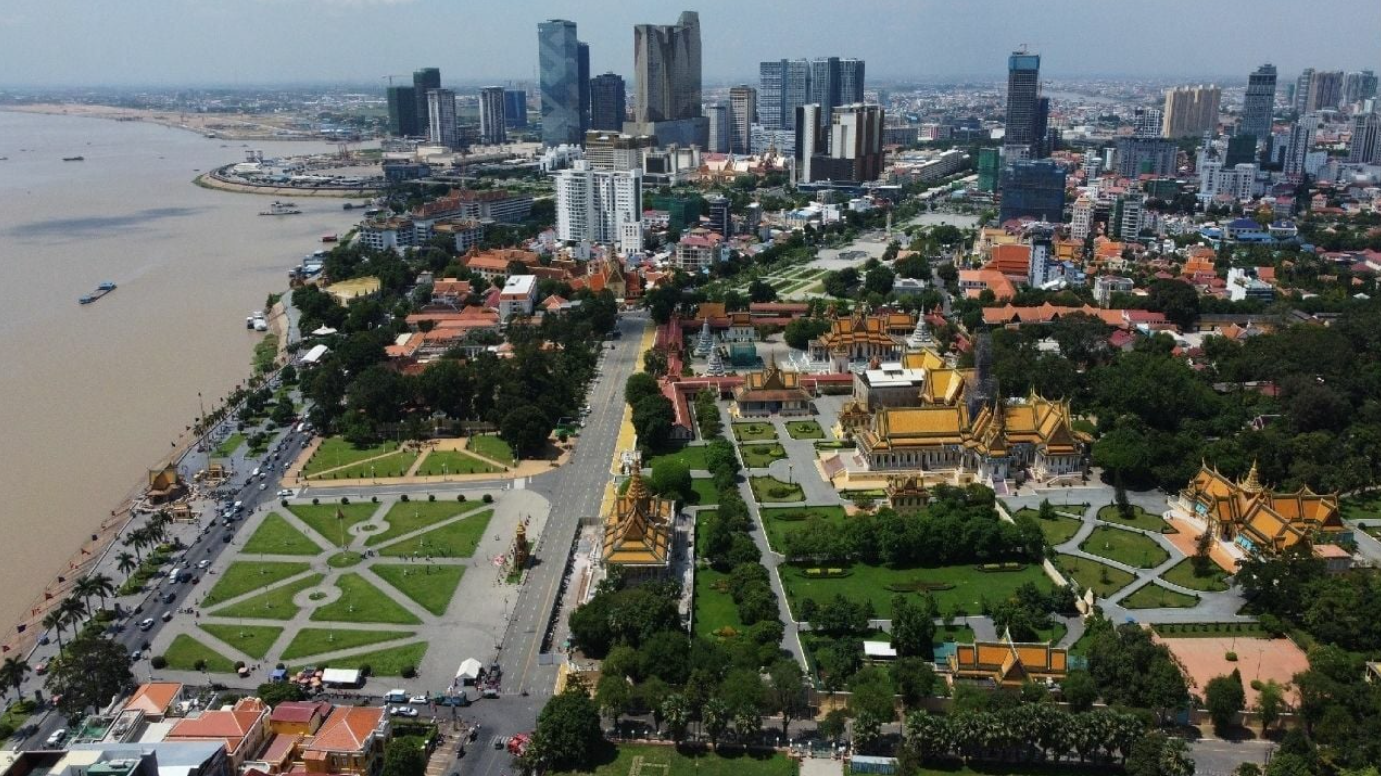Thailand’s tourism engine has hit a rough patch. In early June 2025, Cambodian tourist arrivals plunged nearly 48% compared to a year ago—a sharp decline tied directly to multiple border checkpoint closures. But what’s behind these restrictions, and how deep are the ripples? Let’s dive in.
What Triggered the Drop in Cambodian Visitors?
In late May 2025, tensions flared between Thailand and Cambodia along their highly disputed border. On May 28, Thai and Cambodian soldiers exchanged fire near the Preah Vihear area, leaving one Cambodian soldier dead. In response, Thailand closed several key land crossings—including those in border provinces like Trat, Chanthaburi, and Sa Kaeo—sparking a sharp decline in Cambodian travel to Thailand.
As one official put it, these border points aren’t just lines on a map—they’re highways for tourism. Shutter them, and the flow stops cold.
The Numbers at a Glance
Here’s a quick breakdown of the crash in cross-border visits and trade:
| Metric | Before Closures | After Closures | Change |
|---|---|---|---|
| Cambodian tourists to Thailand (May year‑on‑year) | ~100% (baseline) | –48% | – |
| Trade volume at Aranyaprathet checkpoint | US$3.39 billion/year | Large drop post‑June 8 | Hit ~60% of trade |
| Combined border trade (5 checkpoints) | US$5.3 billion/year | Risk of major slowdowns | Potential medium to long-term impact |
Closing just one checkpoint—Aranyaprathet—can cut off 63% of bilateral land trade. Add Khlong Yai and Chanthaburi, and that’s nearly 90% of the flow stopped in its tracks.
Tourist vs. Trade Impact
🎒 Tourism
Cambodia’s share of visitors to Thailand fell nearly half. This hits hard in border provinces where weekend getaways and shopping trips used to thrive.
🚛 Trade
The economic fallout isn’t limited to people. Vehicles laden with agricultural gear, electronics, and construction materials are idling. Thai exports worth billions of baht—and Cambodian imports—are stuck in limbo.
Why Now? The Flashpoint Explained
This isn’t the first stint of tension over the Preah Vihear region, but recent skirmishes and nationalist rhetoric have escalated things. On Feb 13, a Thai-Cambodian scuffle erupted after Cambodian tourists sang their anthem at a disputed temple . That simmered tensions. Then, in late May, shots were actually exchanged .
Authorities in both countries say no one intends full-scale escalation, yet Thailand moves troops into these border areas and enforces checkpoint closures as a preventive stance.
What Authorities Are Saying
Adith Chairattananon of ATTA warned of a renewed border crisis potentially “dragging down recovery efforts across the economy”. He emphasized a murkier travel sentiment: tourists might still cross, but the mood has soured.
On the commerce side, the Ministry of Commerce wants discussions with the private sector to cushion trade disruptions . They’re also exploring ways to reroute goods—rail, maritime, other checkpoints—to shorten the impact timeline.
Ripple Effects You Should Know
-
Local businesses: Hoteliers, restaurants, markets near border provinces—these suffer even if closures are partial.
-
Loan payments: People who rely on daily cross-border trade may struggle with delayed cash flow.
-
Consumer prices: Delays in agricultural imports and electronics can push prices up in Thailand.
Imagine a dam suddenly blocking a river—you’d see flooding upstream, and dry patches downstream. That’s exactly what closure of checkpoints does to intertwined communities on both sides.
What’s Next? Scenarios Ahead
✔️ Short term (June): Adjustments, attempts to reopen crossings, emergency talks. Trade continues but choppy. Tourism slowly fragmented.
⚠️ Medium term (3–12 months): Businesses may look elsewhere. Traders could pivot to Vietnam or Laos. Tourists may shift to internal Thai travel instead.
❗️ Long term (12+ months): If border barriers stay, we may see permanent changes: new logistics routes, recalibrated business models, lingering mistrust in travel sentiment.
Can Tourism and Trade Recover?
Both nations publicly downplay the crises. Cambodia is seeking ICJ intervention, while Thailand prefers bilateral discussions. The next few months will be critical:
-
Reopening checkpoints—if achieved, tourism and trade are expected to rebound sharply.
-
Business adaptation—some will innovate with alternative routes.
-
Diplomatic thaw—cooperation between governments could restore confidence.
Takeaway Table — Overview of Impacts
| Area | Immediate Effect | Possible Recovery |
|---|---|---|
| Tourism | –48% Cambodian visitors | Rapid rebound if borders reopen |
| Trade | Billions in goods delayed | Alternative routes may cushion |
| Business | Lower hotel occupancy, market footfall | Can pivot or diversify |
| Political | Tensions, nationalist rhetoric | ICJ appeal + bilateral dialogue |
| Consumer | Price fluctuations, shortages | Markets adjust over time |
Final Thoughts
Checkpoint closures are more than red tape—they’re economic chokepoints. With nearly half fewer Cambodian tourists and billions in trade disrupted, both sides feel the pinch. The real risk? If delays drag on, people and businesses may never return to the old normal.
That said, ASEAN economies are resilient. Cambodia’s tourism sector hit 6.7 million arrivals in 2024, bouncing back past pre-COVID levels. Thailand also saw a tourism boom early 2025 before regional factors dragged it down .
Bottom line: the situation is serious—but not irreversible. Rapid reopening and stabilizing rhetoric could turn the tide quickly.
Conclusion
The 48% drop in Cambodian tourist numbers is a loud alarm bell. It spotlights how geopolitics can instantly throttle tourism and trade—areas that thrive on easy travel and open borders. For cross-border communities, it’s not just about missing weekend trips or fewer business deals—it’s cultural ties and economic lifelines. The next few months will be telling: will these closures be a short blip, or a turning point? The dialogue now matters more than ever.
